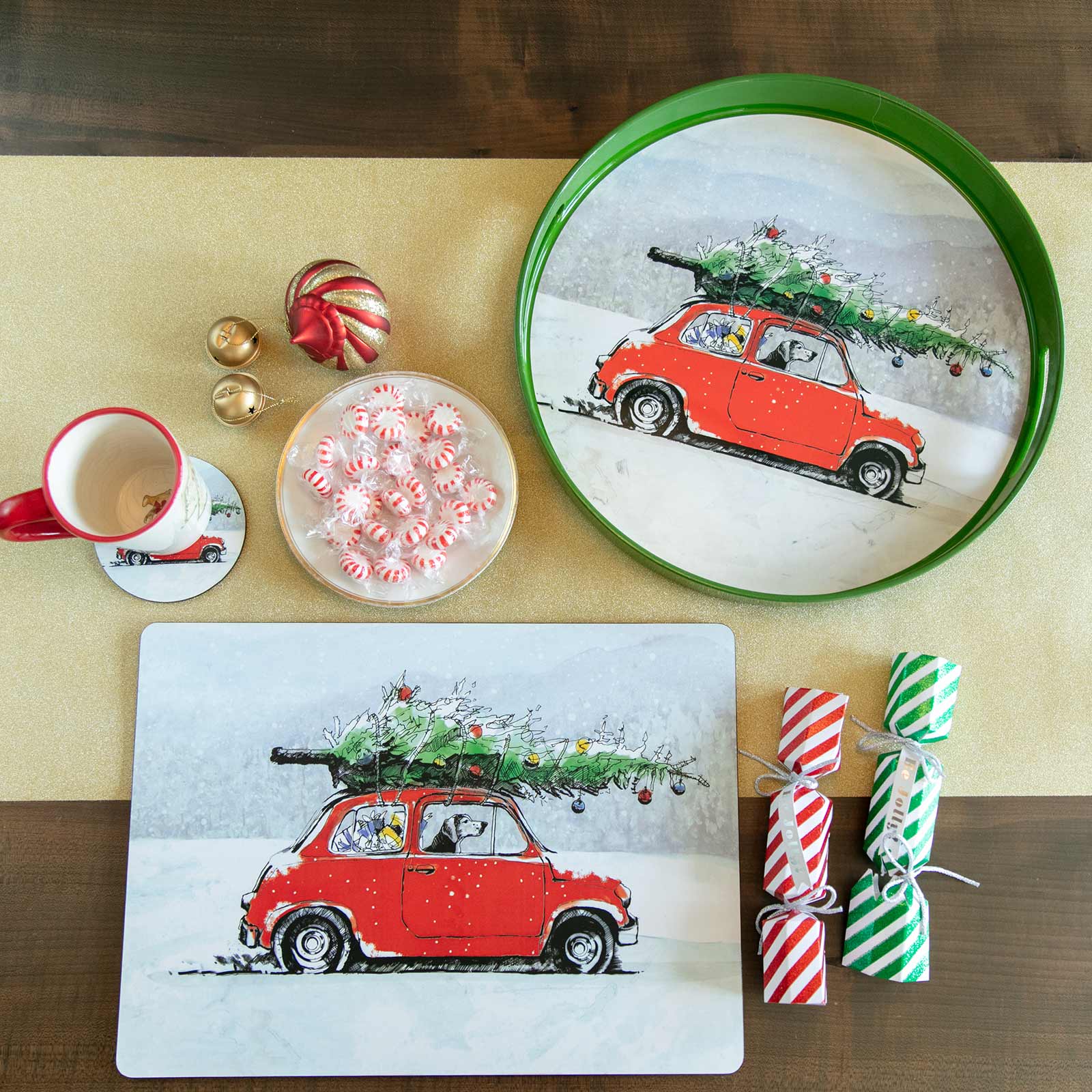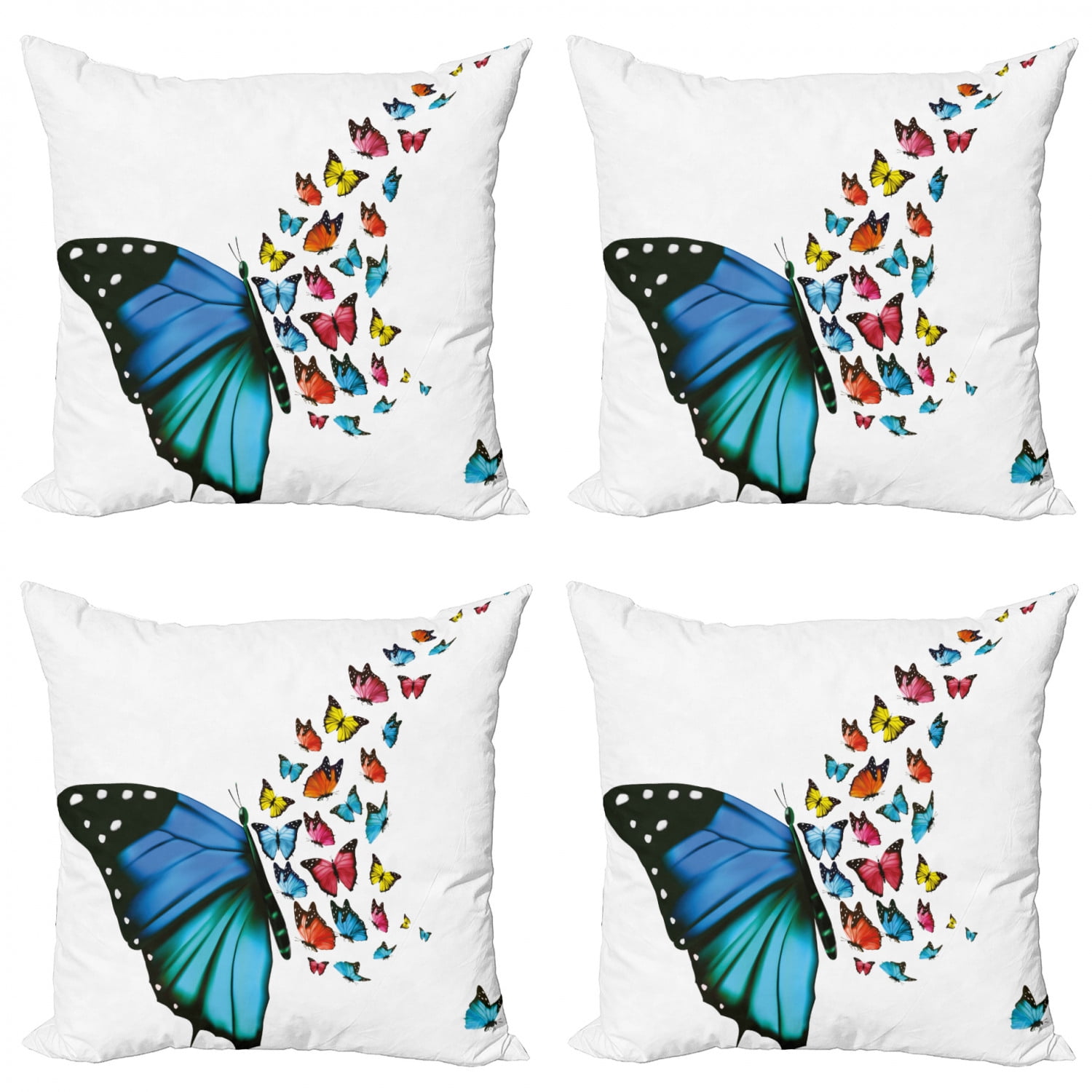Getting My Unique Art To Work
Getting My Unique Art To Work
Blog Article
Unique Art Fundamentals Explained
Table of ContentsGet This Report about Unique ArtThe Of Unique ArtThe Best Guide To Unique ArtUnique Art for Beginners
While one may question which art kind holds precedence, the reality stays that each of these 7 types provides a distinct window into human background, culture, and evolution. They are the tapestries that chronicle our trip, reminding us of our past while inspiring visions for the future.Wonderful art work tells a tale, makes individuals look twice, and develops an unique experience that can not be matched. Art and images interact all of that via color, form and other style elements. Learn exactly how to make your special art work stand apart from the group.
3 Emil DervishIn this entryway by Emil Dervish that lovely cobalt blue door swipes the show. To bring also more drama, he prolonged the paint. to the doorframe and the wall up, finishing in a curved shape. The contours, in addition to a round sconce, soften the sides - Unique Art. After that frameworks vintage posters and maps of beloved places set the scene.
8 TRIA GIOVANEqual parts grand and laidback, this foyer created by Anthony Baratta is the ideal plan to follow if you're embellishing an official entryway that still feels unfussy and comfy. Formed textiles take center stage (see the carpets and the sofa), however they likewise assist bring the high ceilings to a human scale when hung over wallpaper.
The Ultimate Guide To Unique Art
18 Heidi Caillier DesignA gallery wall surface does not need to use up the whole room. As a matter of fact, often a small one can make a larger style declaration. In this living-room, Hiedi Caillier chose for micro-mini frames and an arbitrary composition. Ad - Continue Reading Below19 Stephen Kent JohnsonDesigner Juan Carretero went with a deep green paint shade to comparison with the light timber coatings.
The elements of this languageits shapes, lines, colours, tones, and texturesare made use of in numerous methods to create feelings of volume, area, movement, and light on a level surface area. These components are incorporated into expressive patterns in order to represent actual or mythological sensations, to analyze a narrative motif, or to produce wholly abstract aesthetic partnerships.
Later on the concept of the "great artist" established in Asia and Renaissance Europe. Throughout the 19th century painters in Western societies began to lose their social placement and secure patronage.
Some Known Questions About Unique Art.
Others made an income with visiting events of their work. The need to appeal to a market had actually replaced the comparable (if less impersonal) needs of patronage, and its impact on the art itself was most likely comparable as well. Unique Art. Normally, musicians in the 20th century could reach an audience just via business galleries and public galleries, although their work may have been sometimes duplicated in art regulars
For the history of paint in old Egypt, see Egyptian art and architecture. The growth of paint in various regions is dealt with in a number of posts: Western paint; African art; Main Asian arts; Chinese paint; pop over to this web-site Islamic arts; Japanese art; Oriental art; Native American art; Nautical art and style; South Eastern arts; Southeast Asian arts. For a conversation of the imitation of masterpieces, see bogus. For a click reference discussion of the role of painting and other arts in faith, as well as of the use of spiritual icons in art, see religious symbolism and iconography. For information on various other arts associated with painting, see short articles such as attracting; individual art; printmaking. , even when a painting's narrative symbolism is unknown.
Do not copy the design of various other artists if you're looking for your style. Duplicating other individuals's artwork can be fantastic in instructional objectives yet it will certainly not make you closer to finding your very own unique style. Your imaginative design has to be, what you such as and what inspires you.

The Unique Art Diaries
You require to attempt great deals of different choices and discover everything prior to you can focus on go to my site one certain design or you'll be tired, or worse, you'll hate your own style. I recommend you to try every solitary topic that you're interested in, check out as much as you can. Attempt various tools that excite you and new strategies you've never tried prior to.
With time you'll have the ability to sort every one of them into your preferred and least preferred groups. Attempt to concentrate your focus on the subjects and mediums that you like and before you see it coming you'll have your own personal and one-of-a-kind style, like no person else have! In the end you'll have a few favored topics to paint and maybe a couple of favored tools.

Report this page